The late ’70s weren’t known for automotive risks, but the 1977 Oldsmobile Toronado XS was a rare exception. With its dramatic wraparound rear glass and futuristic silhouette, it looked like a concept car that somehow slipped through into production. Built in limited numbers and developed in partnership with American Sunroof Corporation, the XS was part engineering experiment, part personal luxury statement.
It wasn’t fast, and it didn’t need to be. What mattered was how it looked gliding by—low, long, and wrapped in glass like nothing else on the road. Quietly ambitious, the XS remains one of Oldsmobile’s boldest moves from a decade better known for playing it safe.
A Factory Bubble-Top You Could Actually Buy
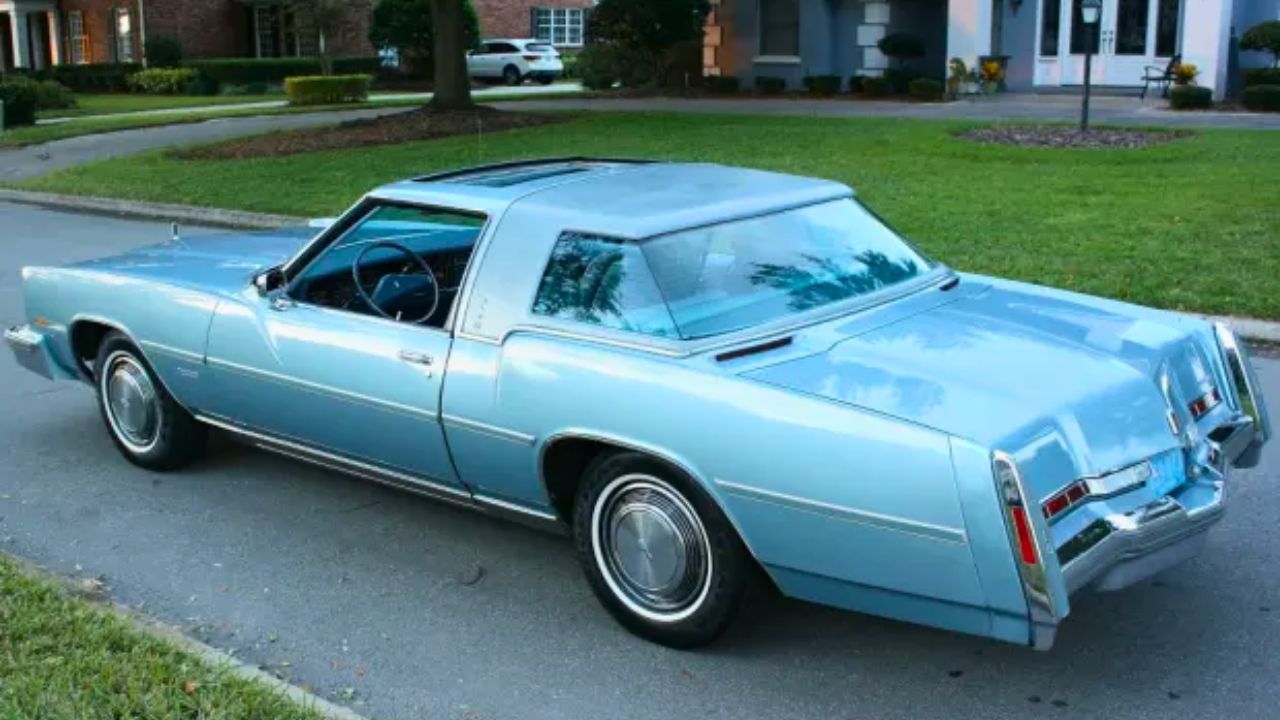
The 1977 Toronado XS looked like it came out of a design studio, but it was built for the street. Its most striking feature was a wraparound rear window that extended into the C-pillars—creating a near-panoramic effect. The windshield was more steeply raked than on standard models, giving it a sleeker, more futuristic profile.
To make it happen, Oldsmobile contracted with American Sunroof Corporation (ASC), which used heated Plexiglas to mold the unique glass panels. This wasn’t a one-off show car—it was available straight from your local dealer, and nothing else on the road looked like it.
Designed to Look Like a Concept Car
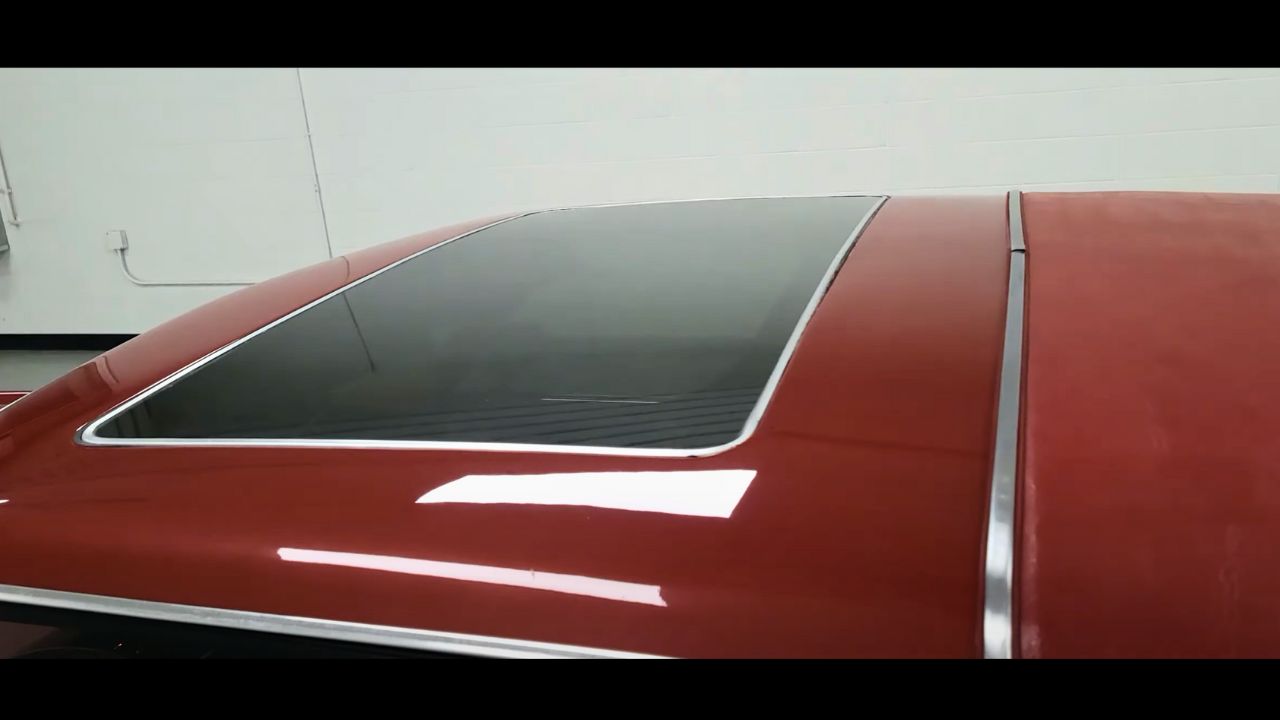
The XS trim wasn’t just a Toronado with a fancy window—it was an attempt to bring show car styling to the street. Inspired by GM’s futuristic XP-898 concept, the XS had power sunroof, a unique rear treatment, and the kind of long hood/short deck proportions that looked custom.
It wasn’t a performance car, but it had presence. Most ’70s coupes leaned into opera windows and chrome. The XS stood out by looking like it belonged in a design study. Even parked, it drew double takes.
Front-Wheel Drive with a V8 Twist
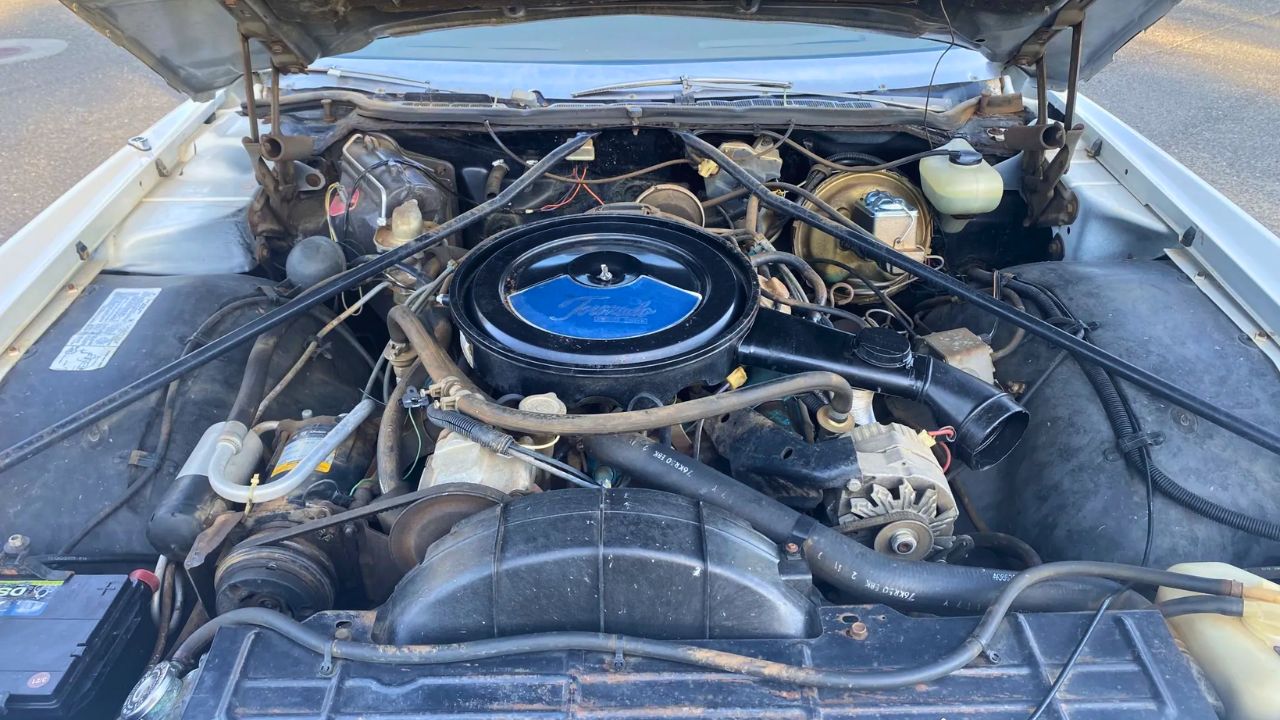
Like every Toronado since 1966, the XS was front-wheel drive—an unusual layout in a sea of rear-wheel-drive personal luxury coupes. Power came from a 403-cubic-inch Oldsmobile V8 mated to a TH425 automatic transmission mounted transversely.
The 403 made about 185 horsepower and 320 lb-ft of torque, tuned more for smoothness than speed. It wasn’t a fast car, but it moved with confidence. The front-drive layout also gave it excellent winter traction and a flat floor—both selling points for buyers in colder climates.
Loaded with Luxury Features
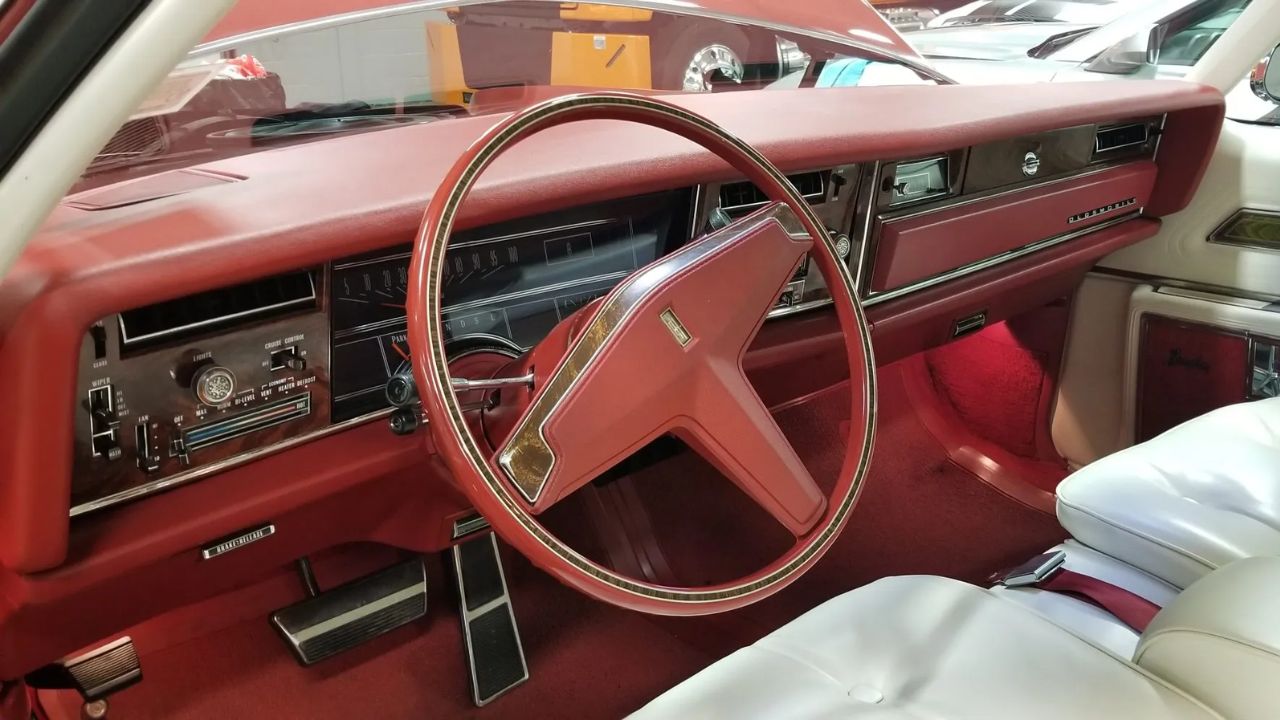
The XS wasn’t just about styling—it came loaded with features. Power windows, power seats, automatic climate control, cruise, and tilt steering were standard or available. You could even get a power sunroof and leather interior, making it a plush ride.
Despite the futuristic look, the cabin was pure late-’70s Olds—button-tufted seats, thick carpeting, and real woodgrain trim. The XS struck a balance between concept-car cool and daily-driver comfort, which is probably why some buyers chose it over flashier options.
Production Was Low—On Purpose
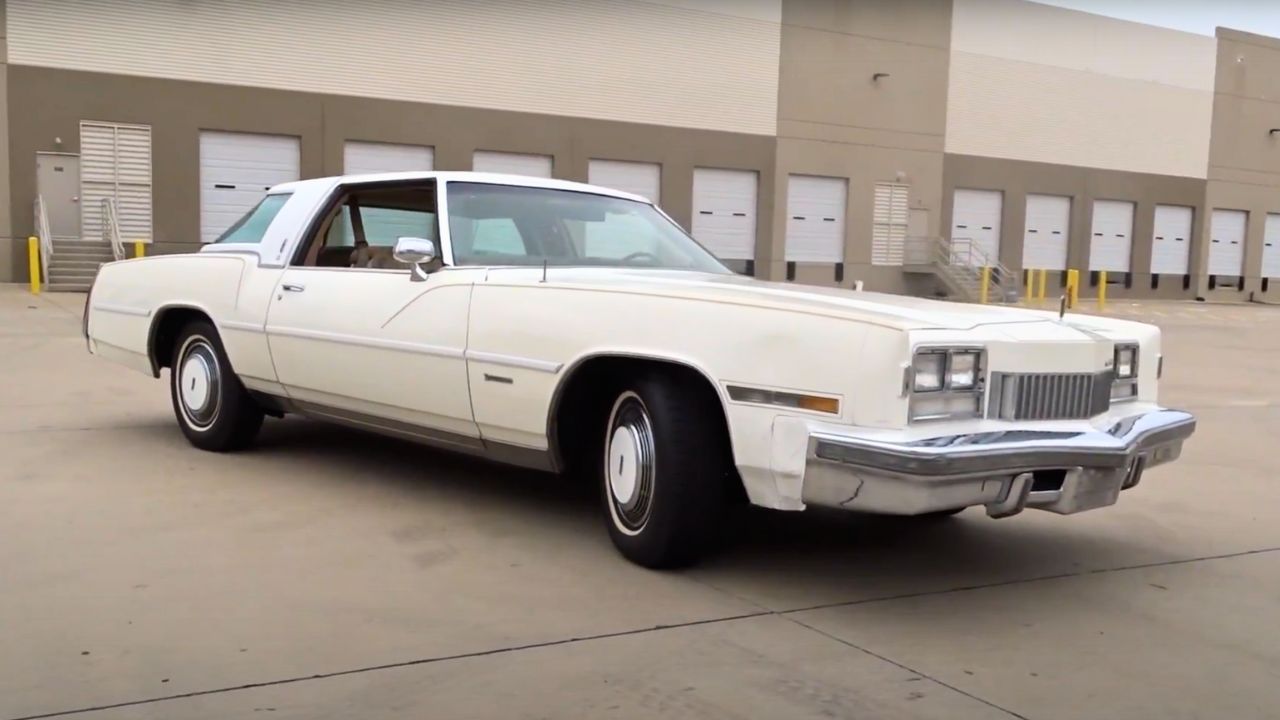
Oldsmobile didn’t plan to build thousands of these. The XS was part showpiece, part halo model. Final production numbers came in at around 2,400 units, making it a rare car from day one. Most buyers opted for the standard Toronado or Brougham trim.
That limited availability means surviving XS models are few and far between today—especially ones with intact rear glass and factory features. Collectors who know what they’re looking at snap them up when they surface, often for far less than you’d expect.
The Glass Was a Technical Feat
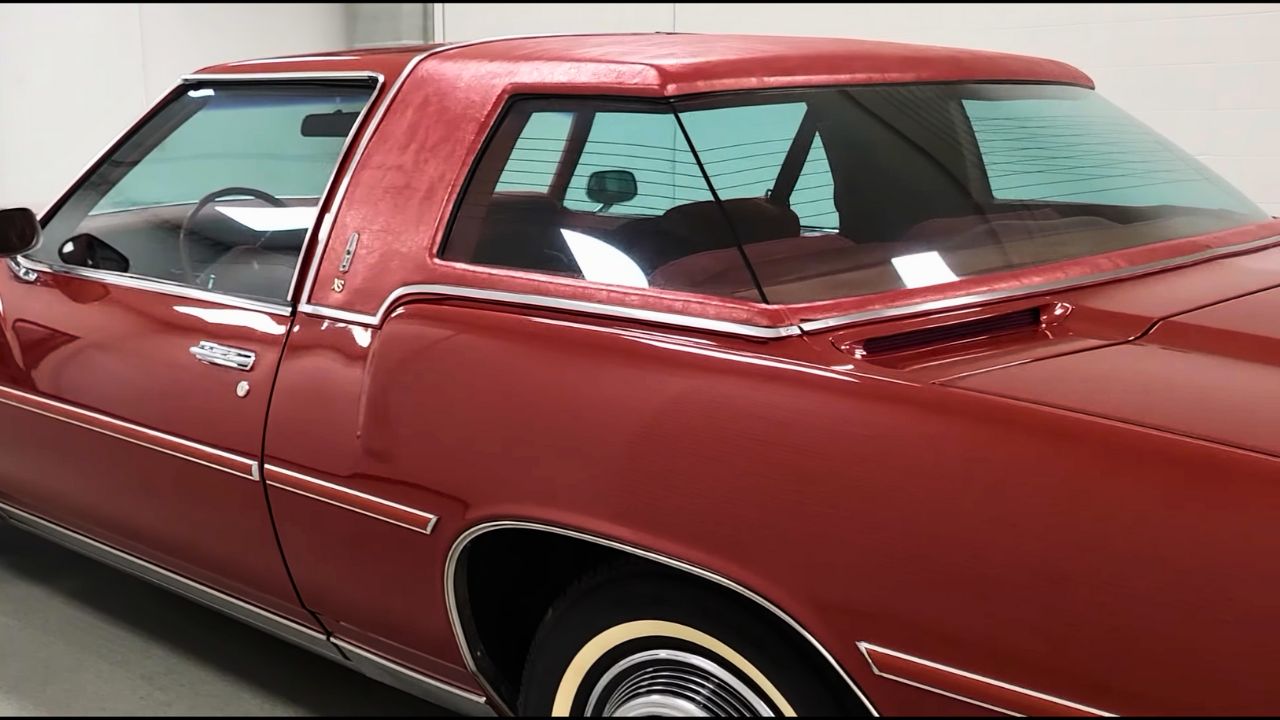
Bending glass like that wasn’t easy—or cheap. The XS used heat-molded Plexiglas, which was durable and lightweight but prone to scratching and aging if not properly cared for. This makes finding clean examples today particularly tricky.
Still, the fact that it was even done in 1977 is a testament to Oldsmobile’s willingness to experiment. For a division better known for conservative luxury, the XS showed a spark of design courage that set it apart from its rivals.
Ride Quality Over Raw Performance
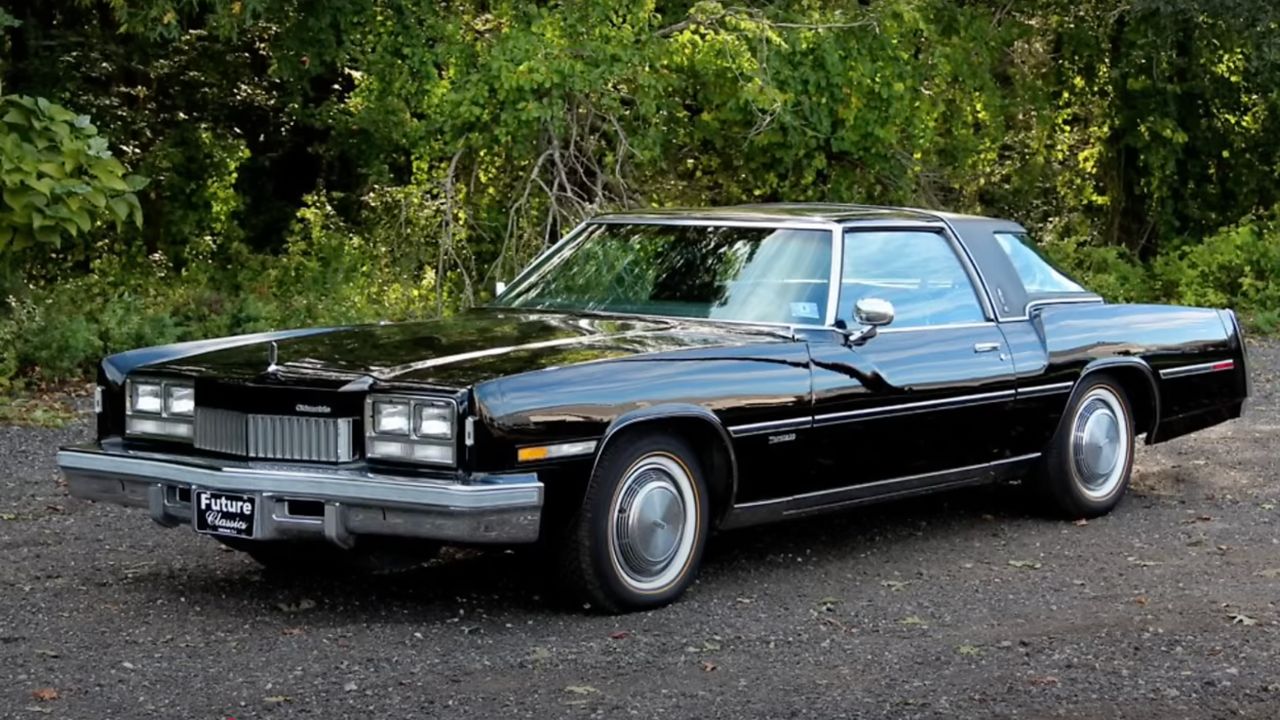
While it looked sleek, the XS didn’t pretend to be a sports coupe. With soft suspension, a long wheelbase, and plenty of sound deadening, the ride was pillow-smooth. Steering was light, the brakes were adequate, and the goal was relaxed confidence.
In short, the XS drove like a proper boulevard cruiser. It wasn’t about carving corners—it was about looking good while soaking up highway miles in comfort. And for a lot of buyers in the late ’70s, that was the right kind of performance.
It Had a Twin: The 1977 Toronado XSR
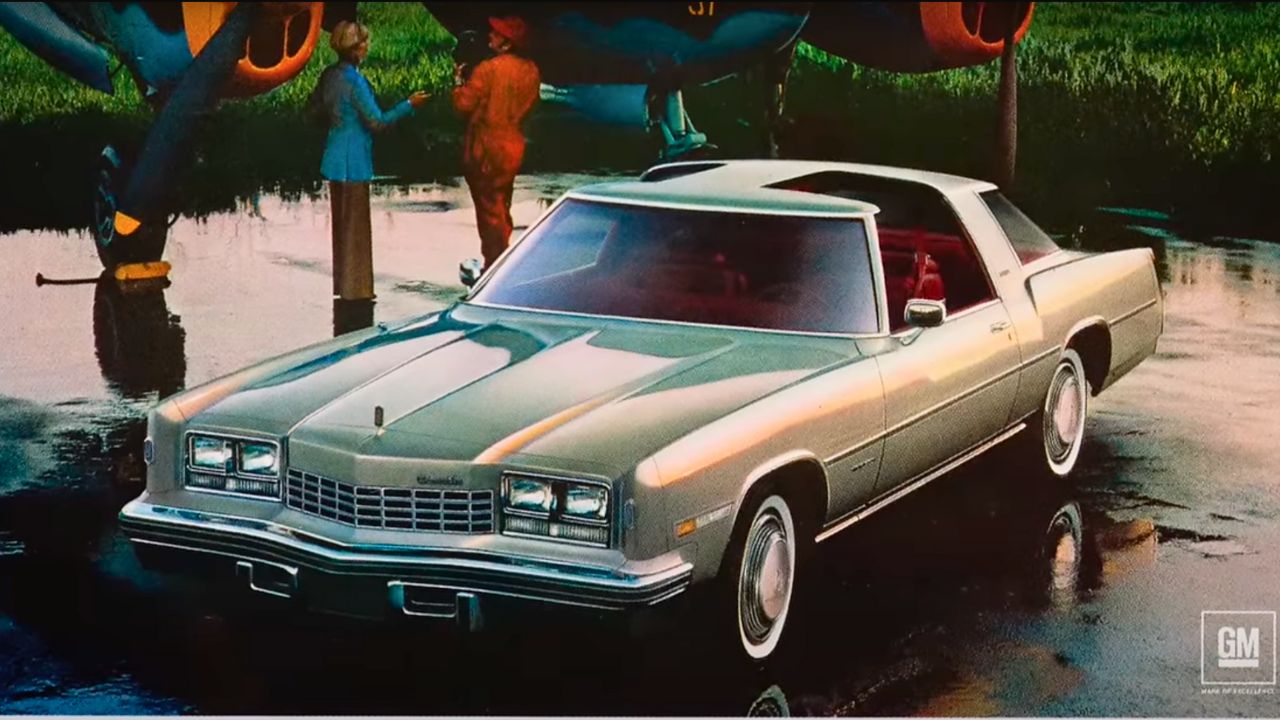
There was an even rarer sibling to the XS—the XSR. This was the same glass-heavy design, but with a powered t-top roof that retracted into the rear sail panels. Only a few prototypes were made before the mechanism proved too complex and expensive.
The XSR never made it to full production, but it’s worth mentioning because it shows how far Oldsmobile was willing to push the Toronado platform. The XS was ambitious—but the XSR was downright wild, even if it didn’t quite work out.
A Forgotten High Point for Oldsmobile
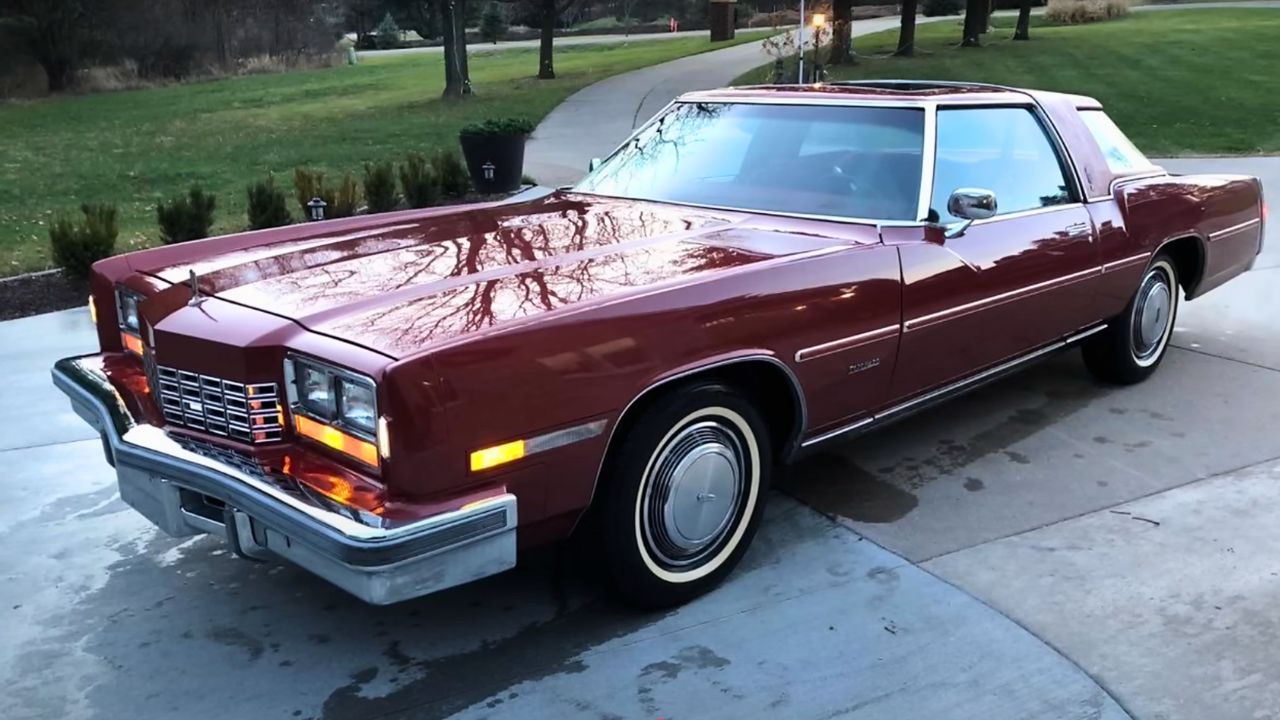
The Toronado XS came at a strange time—performance was fading, but designers were still dreaming. In that gap, the XS delivered something rare: a production car that looked like it came off the show circuit. It wasn’t fast, but it made a statement.
Today, the XS is largely forgotten outside collector circles, but it deserves more recognition. It’s one of the boldest things Oldsmobile ever built—and one of the coolest pieces of personal luxury car history to wear a dealer plate.
Like what you read? Here’s more by us:
*Created with AI assistance and editor review.

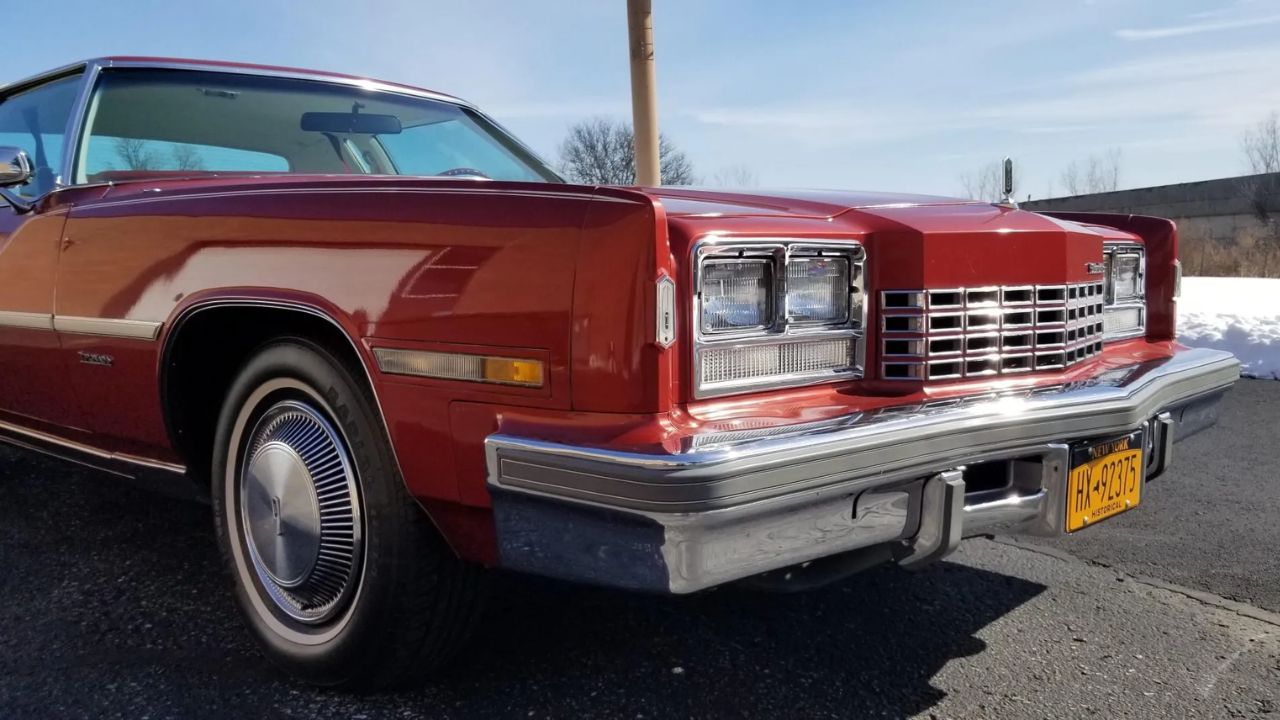
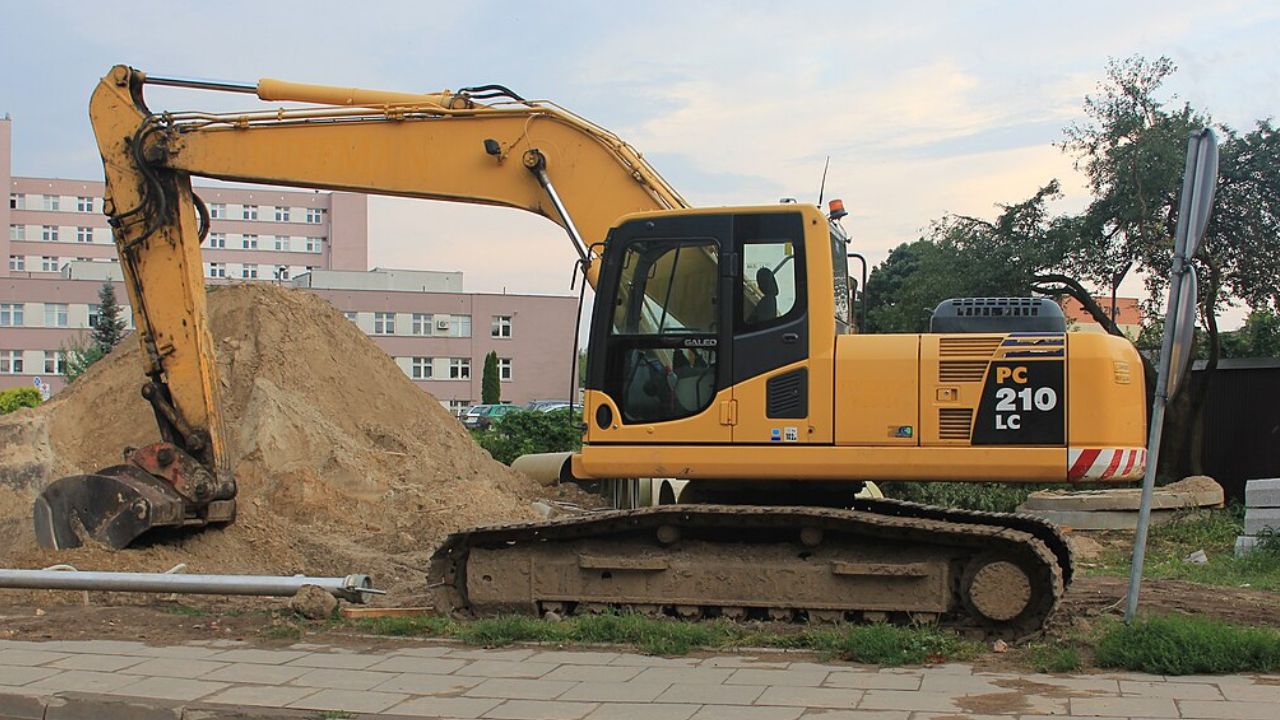
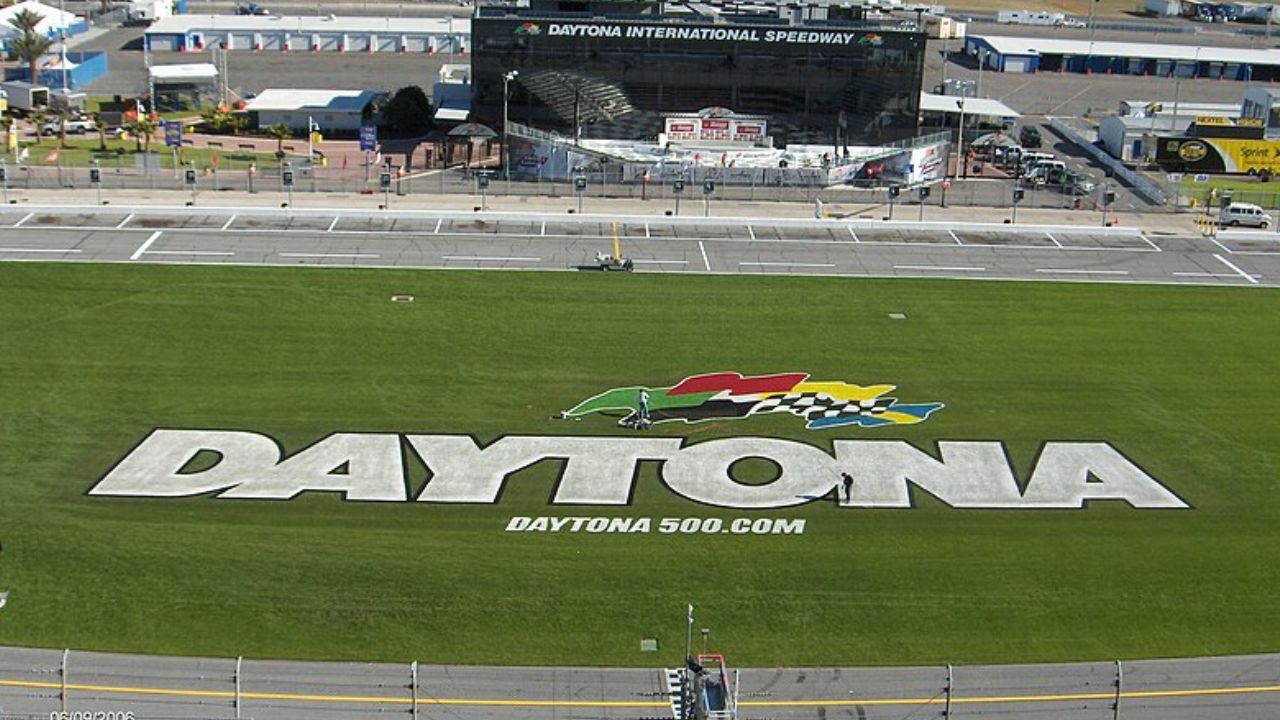
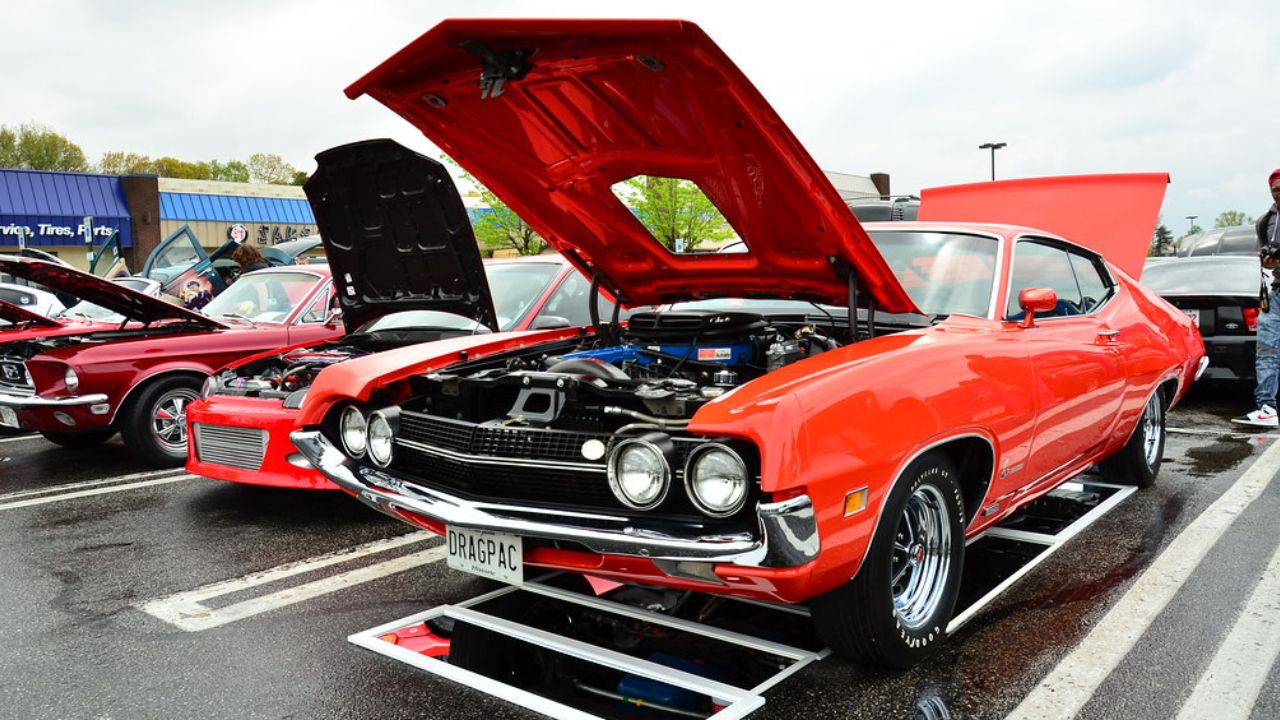

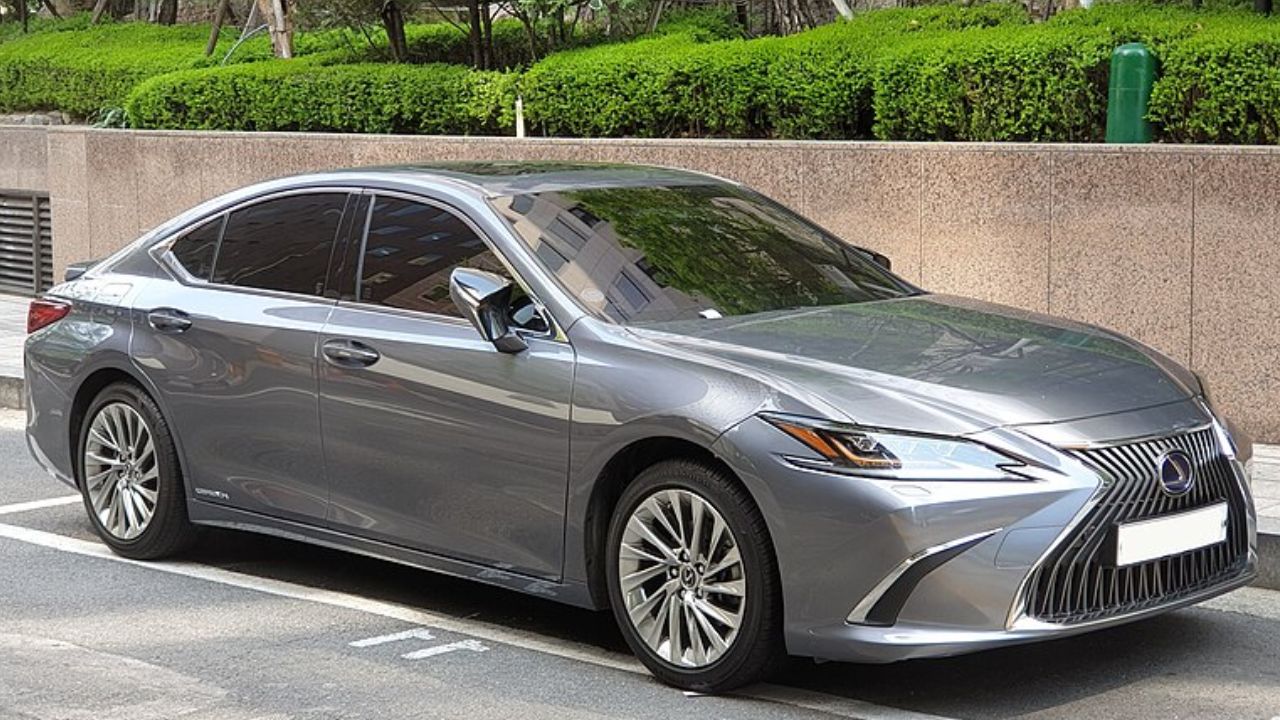
Leave a Reply